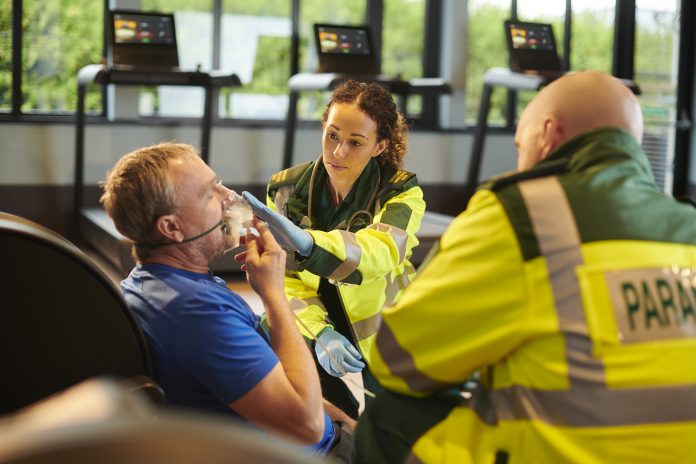Research presented by ESC Congress 2023 has revealed that understanding and acting on heart attack symptoms is linked to faster lifesaving treatment
The study investigated whether there was a correlation between symptom recognition, time to treatment and clinical outcome. By examining patients’ knowledge of key heart attack symptoms, the team were able to more accurately understand whether time and lives were saved.
“Patients with a repeat heart attack were more likely to know the symptoms than first-time sufferers”
Used data from KRAMI – RCC, a registry of myocardial infarction patients in the Republic of Korea the study had trained nurses ask survivors if they had recognised any heart attack symptoms including:
- Chest pain
- Shortness of breath
- Cold sweats
- Radiating pain in the jaw
- Shoulder or arm
- Dizziness/vertigo/light-headedness/loss of consciousness and stomachache
These patients were then put into two categories “recognised symptoms” or “did not recognise symptoms.”
Comparing patients’ characteristics for accurate results
The researchers compared patients’ characteristics, time of lifesaving treatment and survival between the two groups. After adjusting for a range of extenuating circumstances like age 70 years and above, sex, education, living with a spouse, previous registration in KRAMI RCC, cancer, dyslipidemia, cardiogenic shock and presence of acute decompensated heart failure, the team were able to conduct their study.
Of the 11,894 heart attack patients, 10,623 had a first-time event, and 1,136 had a repeat event.
118 were excluded due to missing data leaving 1,018 patients for the analysis. Of these, 52.3% of patients recognised the symptoms of a heart attack.
Most patients could identify chest pain as a symptom at 92.9%, while 32.1 % recognised shortness of breath and 31.4% cold sweats.
Men were more likely to recognise symptoms
When categorising the results, researchers found that men were more likely to recognise symptoms, with 79.3% identifying symptoms and 69% of women identifying symptoms.
The researchers also compared time to treatment and outcome between the two groups.
57.4% of patients who correctly identified the symptoms of a heart attack received treatment to restore blood flow and open arteries within two hours
More comprehensive heart attack education is needed
Dr Kim said: “The findings indicate that education is needed for the general public and heart attack survivors on the symptoms that should trigger calling an ambulance. In our study, patients who knew the symptoms of a heart attack were more likely to receive treatment quickly and subsequently survive.
Women, older patients, those with a low level of education, and people living alone may particularly benefit from learning the symptoms to look out for.”
Patients who recognised symptoms had a lower in-hospital mortality rate of 1.5%
Patients who recognised symptoms had a lower in-hospital mortality rate (1.5%) compared to those who could not recognise heart attack symptoms at 6.7%. Those who didn’t recognise the symptoms more often had cardiogenic shock or heart failure.














